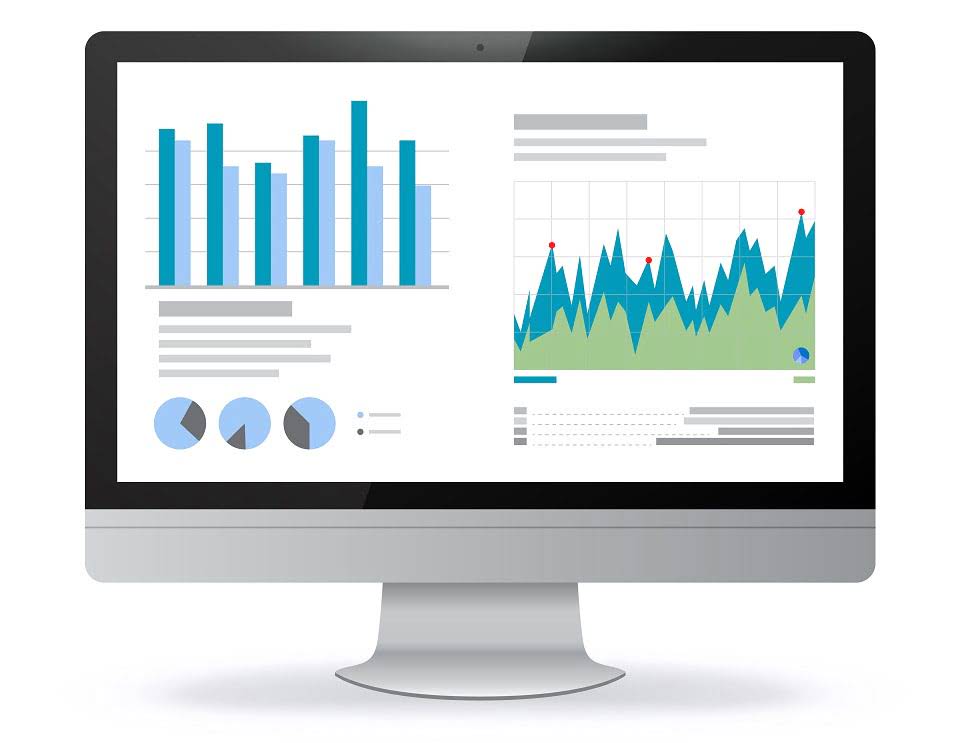T Account Examples Step by Step Guide to T-Accounts with Examples

A balanced general ledger is crucial because it ensures accuracy and integrity in recording all debits and credits. By keeping track of every transaction, you can easily identify any errors or discrepancies and take corrective actions promptly. Since so many transactions are posted at once, it can be difficult post them all. In order to keep track of transactions, I like to number each journal entry as its debit and credit is added to the T-accounts.

Examples for Using T-Accounts

Depending on the size of a company https://www.bookstime.com/articles/what-are-t-accounts and the complexity of its business operations, the chart of accounts may list as few as thirty accounts or as many as thousands. A company has the flexibility of tailoring its chart of accounts to best meet its needs. And as you’re issuing sales invoices, making payments, receiving revenue, Deskera automatically debits and credits the transaction values into the corresponding ledger accounts. Expenses decrease the owner’s equity and are recorded as debits, so the Utility Expense account will be debited for $150. Decreases in assets are recorded by credits, so Cash will be credited for $150.
- The term losses is also used to report the writedown of asset amounts to amounts less than cost.
- A double entry system is considered complex and is employed by accountants or CPAs (Certified Public Accountants).
- These visual tools represent individual accounts as part of a company’s ledger and are instrumental in illustrating the effects of transactions on each account.
- T accounts provide a detailed record of transactions, which is essential for financial analysis.
- By being aware of common misconceptions and taking steps to prevent mistakes, you can ensure the integrity of your financial statements and maintain control over your business’s finances.
- T-accounts should be used whenever you need to track the changes in an account’s balance.
Great! The Financial Professional Will Get Back To You Soon.
- This deeper grasp empowers accountants to analyze financial data with greater confidence and interpret its implications for the business.
- On the left-side of the vertical line, the debit amounts are shown.
- You can analyze and interpret your balance sheet with confidence, knowing that every transaction has been properly recorded.
- The exceptions to this rule are the accounts Sales Returns, Sales Allowances, and Sales Discounts – these accounts have debit balances because they are reductions to sales.
- The seller refers to the invoice as a sales invoice and the buyer refers to the same invoice as a vendor invoice.
- As discussed in the previous step, journal entries are used to record a business transaction and subsequently a change in the accounting equation.
From the perspective of a small business owner, T-Accounts are invaluable for keeping track of expenses and revenues, providing a clear picture of financial health. For auditors, they are a tool for verifying the accuracy of recorded transactions. In the hands of a financial analyst, T-Accounts can reveal trends and patterns that inform investment decisions. A liability account on the books of a company receiving cash in advance of delivering goods or services to the customer. The entry on the books of the company at the time the money is received in advance is a debit to Cash and a credit to Customer Deposits.
- T-accounts play a crucial role in accounting by helping businesses and individuals track financial transactions.
- Analysts use T account data to assess trends, identify patterns, and make informed decisions about an organization’s financial performance.
- The general ledger is an accounting report that sorts and records a business’ financial transactions, by account.
- Avoid common mistakes like omitting important details or misclassifying transactions.
- This section will delve into various scenarios where debits and credits come into play, providing a clearer picture of how these entries work in different contexts.
- While traditional T accounts are manual, computerized systems often display accounts in a T format electronically, allowing for easier recording, tracking, and analysis of transactions.
- Accounts payable is a liability account, keeping track of bills I still have to pay in future.
Advance Your Accounting and Bookkeeping Career
A T-Account records the debits and credits that affect an contribution margin account, as well as the running balance of the account. A T-Account is an accounting tool used to track debits and credits for a single account. It is typically represented as two columns with the accounts that have been affected listed on either side, usually labeled Debit (left) and Credit (right).

Through these examples, it’s clear that T-Accounts are not just a tool for recording but also for analysis, providing insights into the financial implications of every transaction. They are the building blocks of a robust accounting system and are essential for anyone looking to understand or manage the financial aspects of a business. Understanding the T-Account structure is essential for anyone involved in the financial aspects of a business. It lays the groundwork for more complex accounting practices and helps ensure accuracy and transparency in financial reporting. Whether you’re a seasoned professional or a novice in the field, mastering the T-Account is a step toward financial literacy and competence in the world of accounting.

A T-account is a visual representation that shows the effect of each transaction on specific accounts. The left side of the T represents debits, while the right side represents credits. As I stated before, some accounts will have multiple transactions, so it’s important to have a place number each transaction amount in the debit and credit columns.

Create separate bookkeeping and payroll services T-accounts for different income sources like wages, interest, or business income. While T-accounts provide a basic framework for recording transactions, they offer limited analytical capabilities for decision support. In today’s dynamic business environment, stakeholders demand comprehensive insights to drive strategic decisions and optimize performance. T-accounts provide a simplified representation of ledger accounts, often lacking the depth needed for complex transactions. T-accounts may fail to capture the full picture in business scenarios involving multiple accounts and numerous transactions. These terms might sound fancy, but they’re actually quite straightforward.